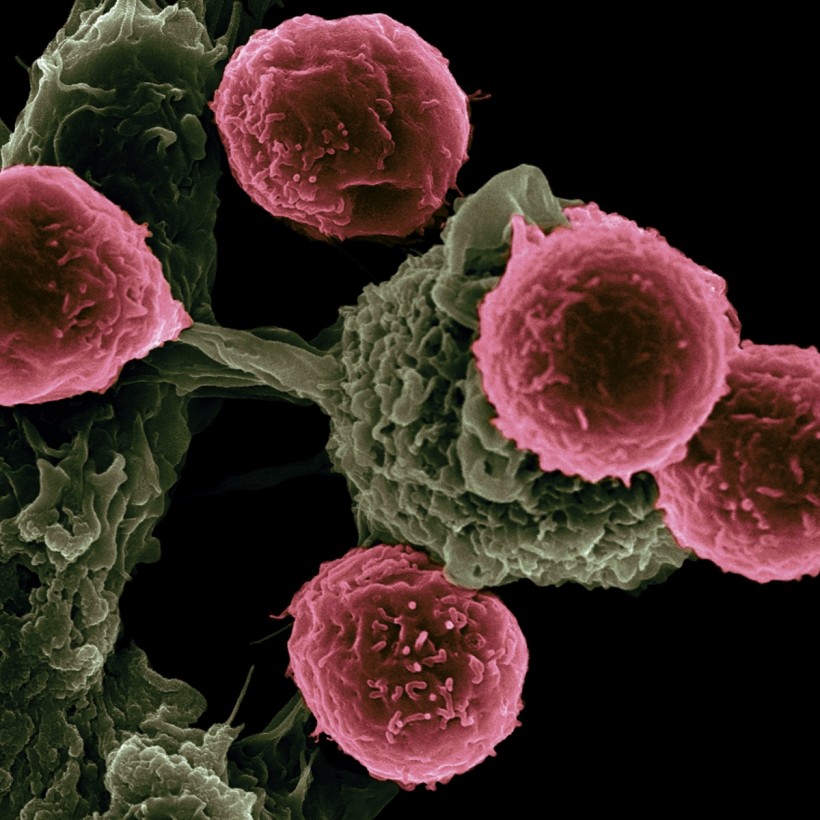Researchers at the University of Birmingham discovered that cancer cells have a new way to repair DNA damage, shedding light on how they react to chemotherapy and radiotherapy. It also shows a novel way how cancer cells can become resistant to those treatments.
Researchers believe that the findings of their study could help scientists and clinicians decide the best

Vaccine-Based Immunotherapy from Novel Nanoparticle Systems. Researchers at the Texas Center for Cancer Nanomedicine (TCCN) are creating particle-based vaccines for cancer therapy. The particles carry molecules that stimulate immune cells and cancer antigens (proteins) that direct the immune response.
DNA Repair in Cancer Cells
DNA repair is a complex process and vital for cells to remain healthy and prevent diseases, like cancer, from developing. It is central in cancer biology and has important implications for diagnosing and treating cancer cells often deficient in DNA repair function that allows the tumor to grow.
Understanding how DNA repair works will help experts determine how cancer develops and improve anti-cancer treatment, such as chemotherapy and radiation therapy, to repair damaged DNA and kill cancer cells effectively.
Proteins Identified in DNA Repair in Cancer Cells
In the study titled "H3K4 methylation by SETD1A/BOD1L facilitates RIF1-dependent NHEJ," published in the journal Molecular Cell, a team of researchers from the University's Institute of Cancer and Genomic Sciences highlighted the role of two proteins involved in the DNA repair process.
A news release via EurekAlert! reported that the proteins SETD1A and BOD1L modify other proteins called histones bound to DNA. Researchers found that without those two proteins, it makes cancer cells more sensitive to radiation therapy but simultaneously makes them resistant to certain anti-cancer drugs called PARP inhibitors.
Martin Higgs, an assistant professor at the University and the lead author of the study, said that the findings are the first to show that these genes are directly linked to DNA repair in cancer.
He added that the study has the potential to change how clinicians could identify cancer patients needing a specific type of treatment and also shows how patients become resistant to different drugs to improve treatment efficiency and patient outcomes. They hope that they could eventually work on new cancer treatments to help clinicians treat cancer patients that become resistant to certain therapies.
Mechanism of DNA Repair
According to News Medical Life Sciences, DNA repair is divided into two mechanisms that identify and correct DNA damage. These two mechanisms are the direct reversal of the chemical process and the replacement of damaged nucleotide bases.
Direct reversal of DNA damage does not require a template and is applied in two main types of damage. Using photoreactivation can inverse the dimerization caused by UV light. Also, the direct reversal can repair damage caused by alkalizing agents that react with DNA by forming a product complementary to thymine to restore the original guanine to its active site.
The second type, replacement of damaged nucleotide, is done through excision of one of the double helix strands. The non-defective strand is used as a template, while the damaged one is removed and replaced. Scientists use three main types of excision repair, namely base-excision, nucleotide excision, and mismatch repair.
RELATED ARTICLE: Immunotherapy Drug Anti-Programmed Cell Death Protein 1 Dostarlimb Has 100% Efficacy Rate Against A Subset of Rectal Cancer [Study]
Check out more news and information on Cancer in Science Times.














